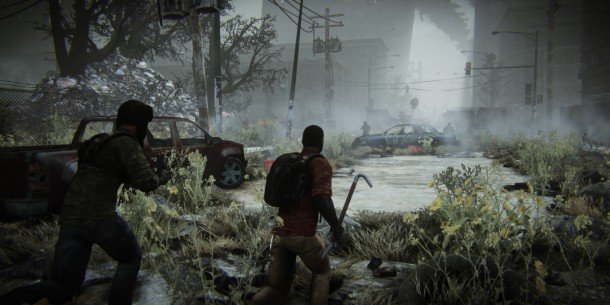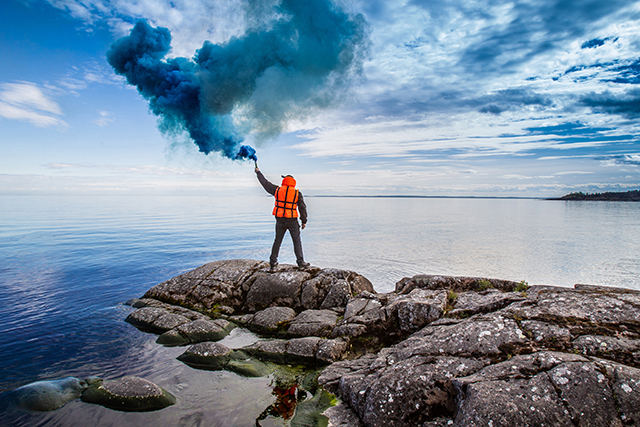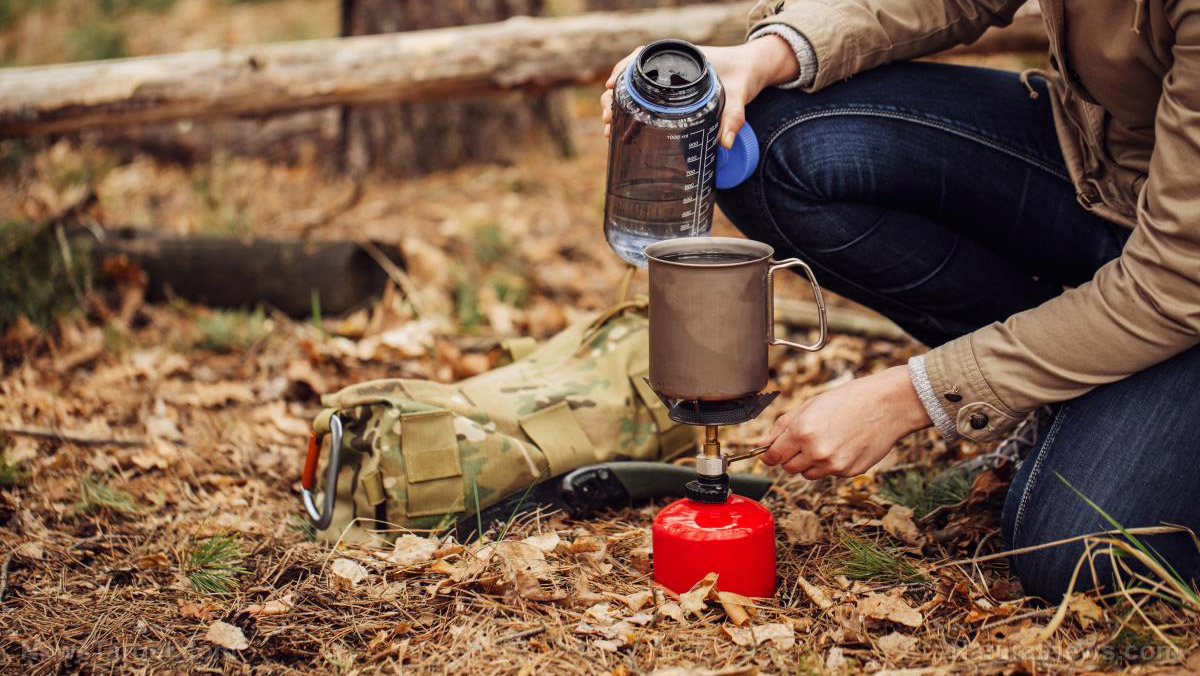Safety 101: How to survive a car crash
03/21/2019 / By Rhonda Johansson

It is estimated that there are six million car accidents in the U.S. every year. From these accidents, around 90 people will die from them, with close to two million experiencing permanent injuries. In every area of your life, whether or not you consider yourself to be a prepper, it is in your best interest to be prepared for potential disasters, including knowing what to do during and after a car crash.
This guide will attempt to give you the basic protocols necessary to survive a vehicular crash. (h/t to SurvivalSullivan.com)
If you crash into water
The most important thing you should do is get out through the windows. It is a misconception – and a deadly one, at that – that you should wait for the water to rise inside your car to equalize pressure within the cabin, which would allow you to open the door. Safety experts highly recommend that you take the first opportunity to launch yourself out of the car through any open window the minute the car begins to submerge.
- Remember to stay calm. You have anywhere from one to two minutes to escape. You will need your wits about you.
- Remove your seat belt at once. If it will not release, free yourself using a knife or any kind of escape tool. Take care to help other passengers out of their seat belts as well.
- Use the door only if necessary. Windows are your best option, but if you must, attempt to escape through the door. Be warned, however, that opening the door will make the car sink quicker.
- Break the window if you must. Even electric windows will still function under water — but only for a short time. Move quickly and roll the windows before you crash, or break the window if you are already under water.
If you crash on land
There are many scenarios that can play out, but the most important thing to remember is to keep cool and do not panic. You typically have a few seconds before realizing a crash is unavoidable. During this time, try to:
- Reduce speed.
- Avoid side impacts. Attempt to steer your car to strike with the front or rear, as this increases your chance of survival.
- Avoid head-on collisions and hitting immovable objects at all costs. If you must, try to steer for a glancing hit to deflect off the object.
After a crash
Once you have determined that you are safe (or as safe as you can be), assess the situation. Are you hurt? Is anything broken? Are there other people involved in the accident? It is important to know your priorities after a harrowing experience.
Regardless of whether or not you are injured, you should stay in place until you are sure you can exit the vehicle safely (this doesn’t apply to underwater crashes). If you find yourself trapped in your car on land, be alert of any jagged metal or leaking fuel or oil. If there is any risk of fire, get out ASAP, no matter the cost. Barring these extraneous circumstances though, it is recommended to stay where you are until medical professionals can take you out safely. On a similar note, do not attempt to remove another passenger you suspect may have spinal injuries.
As soon as you are able, call 911. Calmly and coherently detail your location and the nature of the accident, along with other information such as the number of victims and the likely extent of their injuries.
If you have a first aid kit, and know how to use it, you may try to help yourself until medics arrive. Again, this suggestion only applies to minor injuries. If you are severely injured, our earlier suggestion that you stay in place remains.
Once you are brought to the hospital, make sure that you are evaluated by a doctor — even if you do not have any apparent injuries. There may be hidden trauma that needs to be immediately addressed. (Related: Car Crash And Kids: Why Visiting An Accident-Doctor Is An Absolute Necessity.)
On a final note, remember that car wrecks are arguably the most common and statistically most dangerous disaster a prepper will encounter in his or her lifetime. Do not ignore or belittle the risks that come with owning and driving a car.
For more how-to survival guides such as this one, head over to Preparedness.news.
Sources include:
Tagged Under: accidents, car crashes, car wrecks, emergencies, injuries, preparedness, prepper, prepping, survival, survival skills, vehicular crash


















